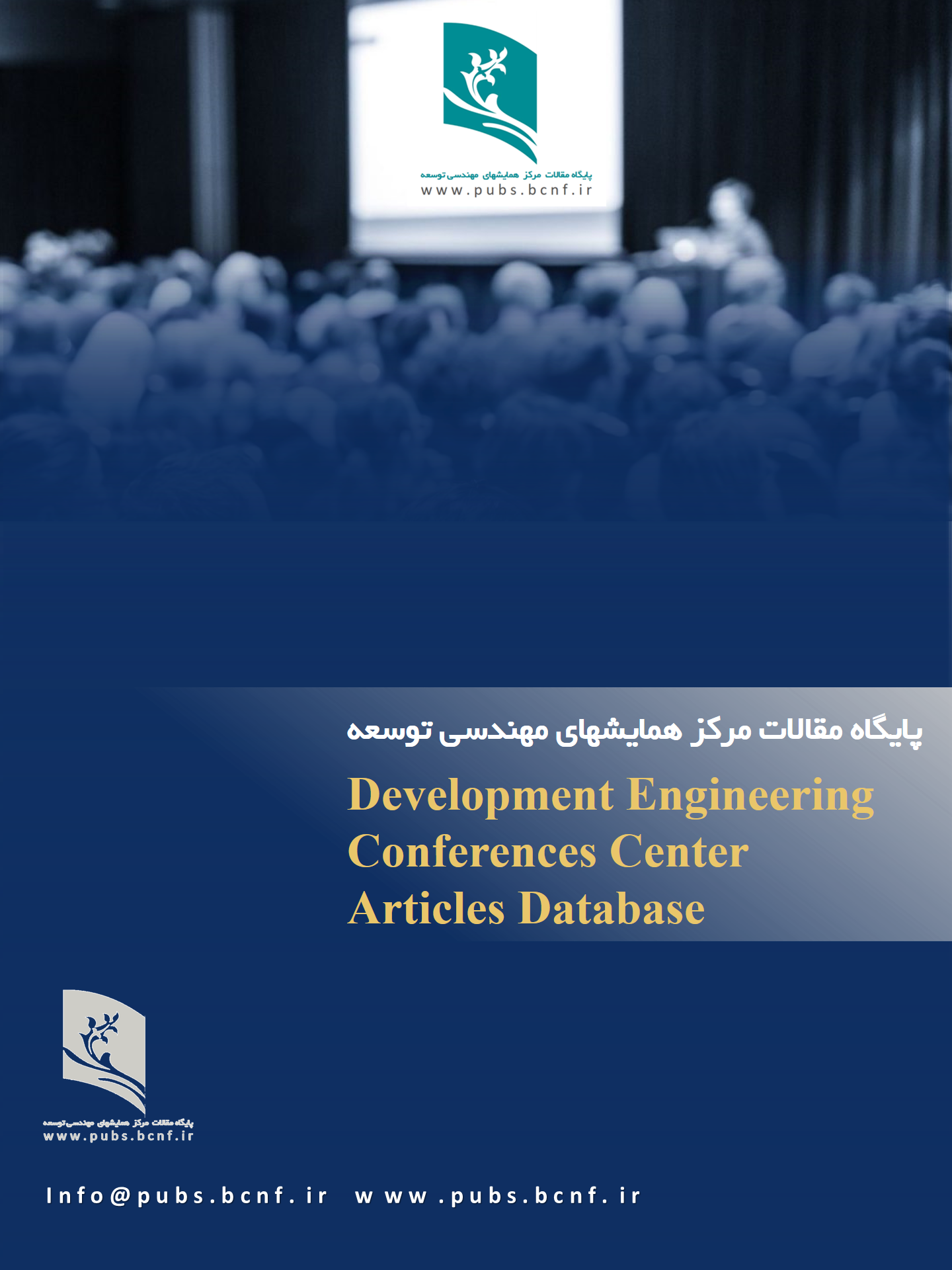تئوری و الگوریتم روش های برنامه ریزی خطی فازی و یک برنامه کامپیوتری
DOI:
https://doi.org/10.5281/zenodo.17057725Keywords:
برنامه ریزی خطی فازی, سنجش اعداد فازی, تبدیل ملین, روش روبنزAbstract
نظریه مجموعههای فازی در بسیاری از زمینه ها از قبیل تحقیق در عملیات، نظریه کنترل، علوم مدیریت و... کاربرد دارد. به ویژه یکی از کاربردهای این نظریه در مسائل تصمیمگیری مسائل برنامهریزی خطی با اعداد فازی است. باتوجه به ماهیت دادهها که در دنیای واقعی نادقیق و مبهم است، مسئله برنامهریزی خطی کاملاً فازی یک ابزار قدرتمند برای مدلسازی مسئله بهینهسازی خواهد بود. در این مقاله، با استفاده از مفهوم سنجش اعداد فازی، روش های کارآمدی برای حل این مسائل معرفی کرده و الگوریتم یکی از آنها ارائه شدهاست. در بخش عملی این مقاله به پیاده سازی الگوریتم آن در محیط MATLAB پرداخته و با حل مسائل مختلف و ارائه جدول، کارایی یکی از روش ها (روبنز) مورد بررسی قرار داده شده است.
Downloads
References
[1] F.F Baldwin, N.C.F. Guild, comparison of fuzzy sets on the same decision space, fuzzy sets and systems (1979) 213-231.
[2] R.E. Bellman, L.A. zadeh, Decision making in a fuzzy environmen, management sci. 17 (1970) 141-164.
[3] J.J Buckley, possibilistis linear programming with traingular fuzzy numbers, fuzzy sets and systems 31 (1989) 329-341.
[4] L. Campos and J.L. Verdegay, “Linear programming problems and ranking of fuzzy numbers”, Fuzzy
Sets and Systems 32 (1989) 1-11.
[5] M.Delgado, J.L.Verdegay and M.A.Vila, A general model for fuzzy linear programming, fuzzy sets and system,29 (1989), 1-12.
[6]L. Compos and J.L. verdegay, Linear programming problems and ranking of fuzzy numbers, fuzzy sets and systems, 32 (1989), 21-29.
[7] S.C. Fang and C.F. Hu, “Linear programming with fuzzy coefficients in constraint”, Comput. Math. Appl. 37 (1999) 63-76.
[8] P.fortmps, M. Roubens, Ranking and defuzzification methods based on area compensation fuzzy sets systems 82(1996) , 319- 330.
[9] G.J. Klir and B. Yuan, Fuzzy Sets and Fuzzy Logic: Theory and Applications, Prentice-Hall, PTR, New Jersey, 1995.
[10] Y.J. Lai, col. Hwang, tuzzy mathematical programming methods and applications, springer, Berlin, 1992.
[11] N. Mahdavi-Amiri and S.H. Nasseri, “Duality in fuzzy number linear programming by use of a certain linear ranking function”, Applied Mathematics and Computation 180 (2006) 206-216.
[12] N. Mahdavi-Amiri and S.H. Nasseri, “Duality results and a dual simplex method for linear programming problems with trapezoidal fuzzy variables”, Fuzzy Sets and Systems 158 (2007) 1961-1978.
[13] M.Marami, Theory and algorithm of fuzzy linear programming methods and a computer program, a research project has been implemented Islamic Azad University Behbahan branch (2004).
[14] H.R Maleki, M.Tata and M.Mashinchi, linear programming with fuzzy variables, fuzzy sets and systems 109 (2000), 21-33.
[15] E.S. lee and R.J.Li, cornparison of fuzzy numbers based on the probability measure of fuzzy events, comput. Math. Apple, 15 (1988), 887-896.
[16] H. Tanaka, T. Okuda and K. Asai, “On fuzzy mathematical programming”, The Journal of Cybernetics 3 (1974) 37-46.
[17] J.L. Verdegay, “A dual approach to solve the fuzzy linear programming problem”, Fuzzy Sets and Systems 14 (1984) 131-141.
[18] k.p. yoon, A prodalic approach to rank complex fuzzy numbers, fuzzy.
[19] E. yazdany, H.R. Maleki and M.Mashinchi, A methad for solving a fuzzy linear programming korean J. comput & Apple. Math vol 8(2001), No. 2, PP.347-356.
[20] H. J. Zimmermann, “Fuzzy programming and linear programming with several objective functions”, Fuzzy Sets and Systems 1 (1978) 45-55.
[21] س. ع ترابی، س. توفیقی(1394). برنامه ریزی ریاضی فازی. انتشارات دانشگاه تهران. چاپ چهارم.



